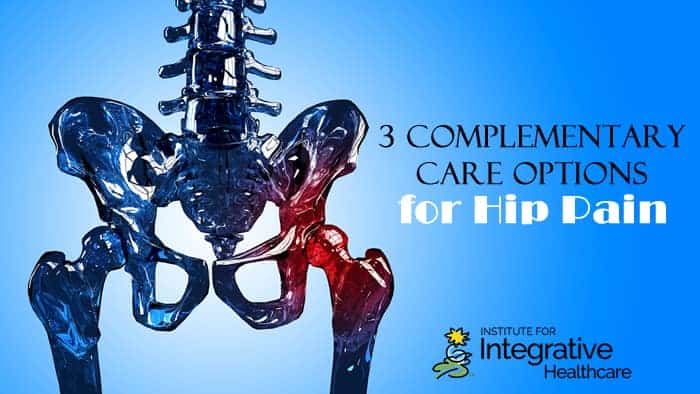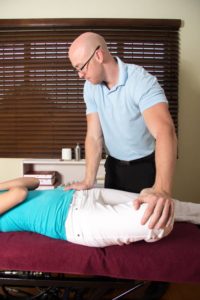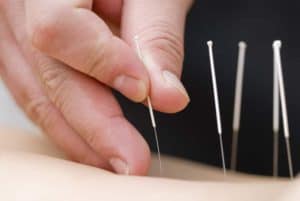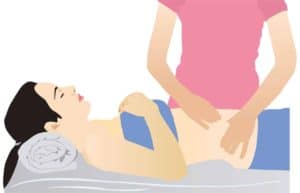

According to a study published at Springer Link, hip and pelvic injuries are common among athletes and the general population, but varying greatly on the patient’s:
- age
- gender
- and sport involved.
Hip and pelvic injuries are most common in adolescents and the elderly. Sport activities involving contact and explosive movement carry the highest risk of these injuries, and women are twice as likely as men to suffer these injuries.
Anatomy of the Hip and Pelvic Region
One reason for the high propensity for hip injuries is the anatomical makeup of this region. In total, there are 28 muscles facilitating movement of the trunk and limbs which attach onto the os coxa (hip or pelvic) bones. This does not include the pelvic floor musculature also present aiding in the function of internal anatomy of the hip region.
- Sacrum: Wedged between the two os coxa bones is a sacrum acting to distribute weight and force from the upper to lower body regions coupled with a vestigial coccyx bone.
- Piriformis Muscle: In addition, the piriformis muscle is functionally significant in this region despite its lack of attachment upon the os coxa itself. Attaching from the anterior sacral border to the greater femoral trochanter, the piriformis may easily alter tension placed upon the sciatic nerve creating sciatica-like dysfunction.
- Ligament Structures: Also, there are numerous ligament structures in the hip region which either bind tissue to the sacrum bone or the os coxa bones bilaterally. An unequal tension load upon the ligaments may cause shifting of the bony structures, thus creating tilting of the hip bones.
- Postural Imbalances: Postural imbalances witnessed in hip bone tilting directly impact this portion of the body. An anterior pelvic tilt will shorten the quadratus lumborum compressing the low back, and the quadriceps muscles making knee flexion difficult when walking. A posterior tilt will shorten the hamstring muscles making knee extension difficult when walking and creating unnecessary lumbar disk tension. A lateral pelvic tilt to either the left or right will slowly lead to scoliosis of the spine.
With the many potential structures impacted, a combination of varying therapies may be needed to alleviate hip and pelvic injury, including:
- chiropractic
- acupuncture
- massage
1 – Chiropractic for Hip Pain

Multiple studies have proven chiropractic adjustments effective in relieving hip pain related conditions, such as sciatica. According to the Journal of Manipulative and Physiological Therapeutics, 60% of spinal surgery patients witnessed reduced pain and marked physical improvements after chiropractic care.
The same journal also published a 2010 study on the efficiency of chiropractic care with hip osteoarthritis patients, citing a statistically significant improvements of WOMAC (Western Ontarior & McMaster Osteoarthritis index) scores, Harris Hip Scale scores, and average hip range of motion figures.
2 – Acupuncture for Hip Pain

Although not studied as specifically, acupuncture’s positive impact on hip injuries was highlighted by Tim Tanaka, Director of the Pacific Wellness Institute of Toronto, Ontario. Dr. Tanaka discusses how moxibustion (traditional Chinese heat therapy) combined with acupuncture can effectively treat hip trochanteric bursitis.
Acupuncturist Whitfield Reaves wrote in Acupuncture Today about treatment plan options to alleviate hip osteoarthritis, including acupressure points both in the hip region and away from this region, to aid symptoms. His article further suggests specific treatment options to alleviate musculature attaching to the hip region to also alleviate hip injury pain, especially in osteoarthritic patients.
3 – Massage for Hip Pain

Massage for hip pain can be described by many practitioners as “hip massage” or “hip flexor massage” to indicate an emphasis in massage designed to alleviate the 28 functional movement-based muscles attaching to the os coxa/pelvic region.
Massage Can Help These 4 Common Hip Conditions
- SI Joint Dysfunction – Biomechanical misalignments contribute in weakening the ligament structures of this region. Irritation at the articulating surfaces of bones becomes more severe over time creating pain in the low back, sacrum, gluteals and hamstrings, which can worsen after long periods of sitting or particular hip joint movements.
- Piriformis Syndrome – A nerve compression syndrome in which the sciatic nerve is pinched at the piriformis muscle. Pain is present in the gluteals and posterior thigh (typically ending at the knee). Stretching the piriformis muscle usually worsens the pain as well as prolonged sitting and activities including running and walking.
- Trochanteric Bursitis – Inflammation of the bursa sac resting between the IT band and greater trochanter of the femur leading to pain and discomfort at the hip joint. A client may have difficulty in sleeping on their side. Repetitive flexion / extension movements and direct blow, such as falling upon one’s hip, creates this condition.
- “Hip Pointer” – A contusion or acute trauma to the iliac crest creates an avulsion tear of the oblique musculature at their os coxa attachments. Point tenderness, swelling and contralateral pain is present. Contact sports, falling upon a hard surface, or sudden lateral flexion against resistance creates this condition.
Current pain science research identifies the gluteus medius and minimus muscles as focal points for hip pain. Both located upon the lateral sides of the body, these muscles may create pain sensations mimicking sciatica in many patients. Addressing trigger points of these lateral hip muscles will greatly augment efforts to hip massage.
Hip Flexors
Hip flexors may also be addressed as highlighted in an article which suggests strain injuries of hip flexor tendons, more specifically termed the common iliopsoas tendon, may contribute in hip pain and dysfunction.
The “iliopsoas” refers to the union of the iliacus muscle and the psoas major muscle just inferior to the inguinal ligament. Bodywork efforts to ease tension and expedite healing of hip flexor strains can restore hip mobility and reduce pain.
Aiding chronic tightness of the hip flexors is necessary for the average individual who sits for long periods of time. A sitting position shortens the overall hip flexor muscles including psoas major, iliacus, rectus femoris and sartorius. Chronic shortening of the hip flexor muscles leads to chronic tightness – significantly impacting gait and posture.
Conclusion
Overall, there are benefits to the utilization of chiropractic care, acupuncture, and massage therapy efforts to address hip pain and injury. All three methods hold merit.
A healthy conversation with one’s health care provider will best determine a proper course of treatment for a patient, including the frequency of these three modalities.
Massage to bring length and restore movement of the functional movement-based musculature will aid efforts to restoring gait and ease hip flexor strained due to chronic shortness.











